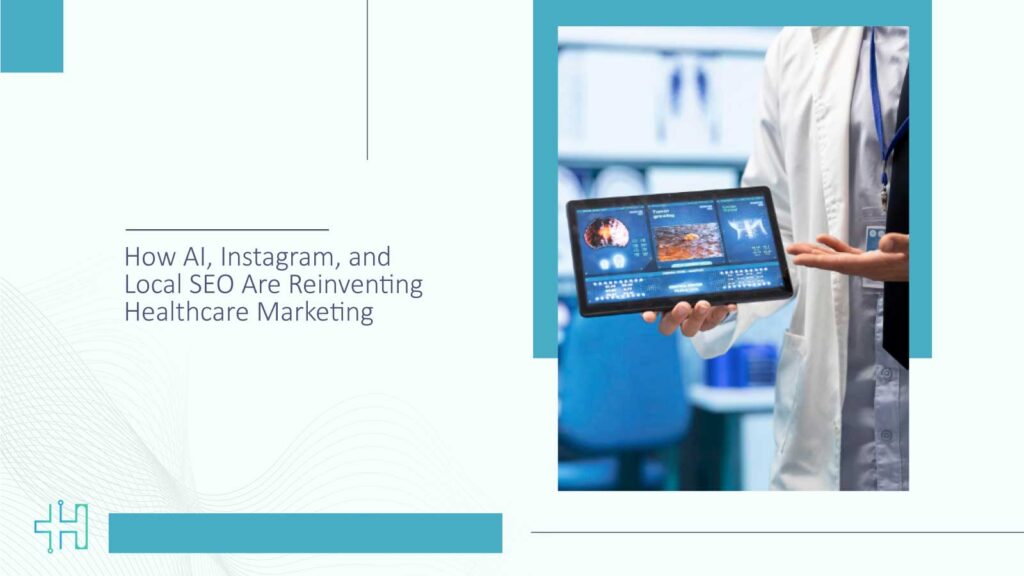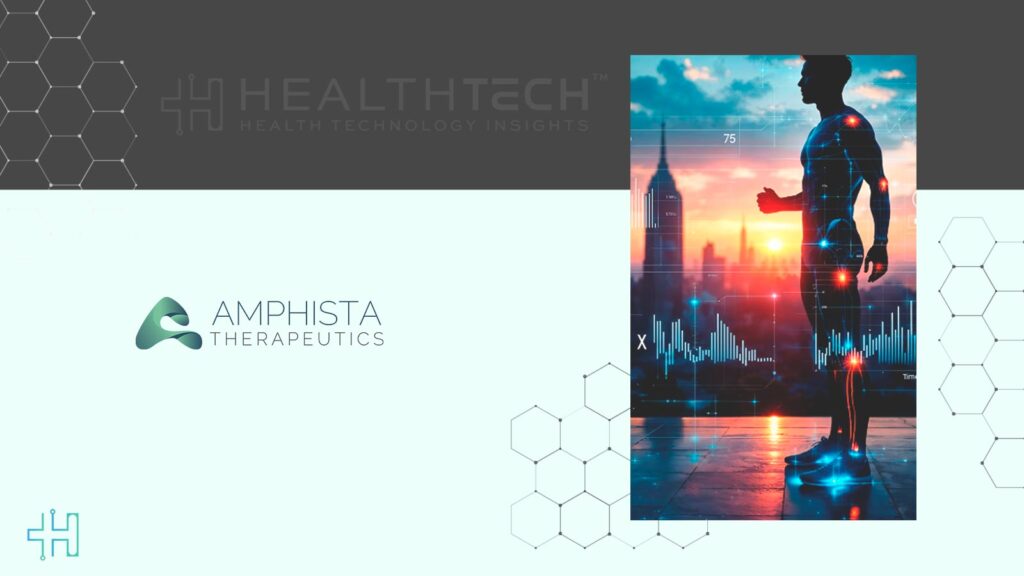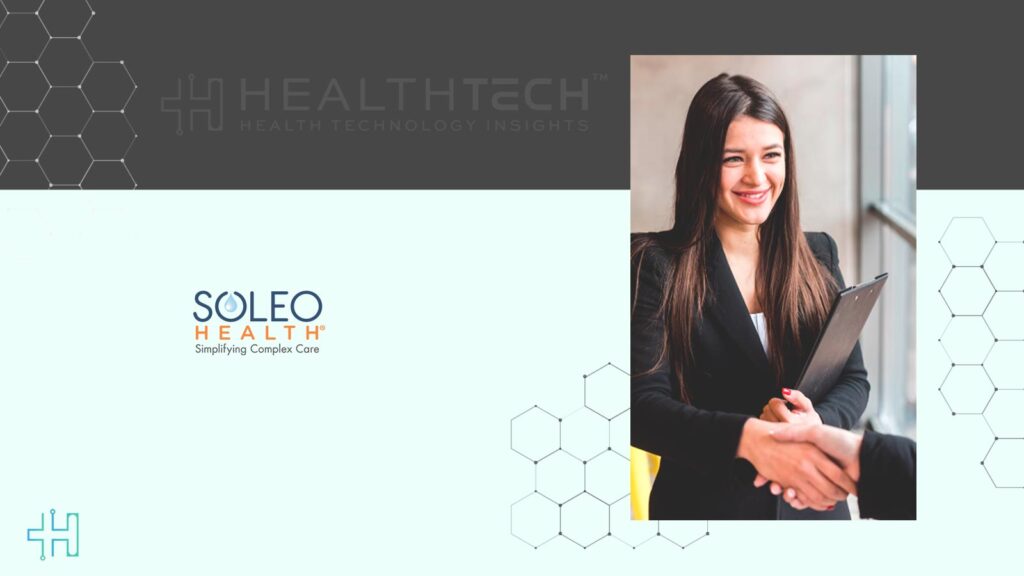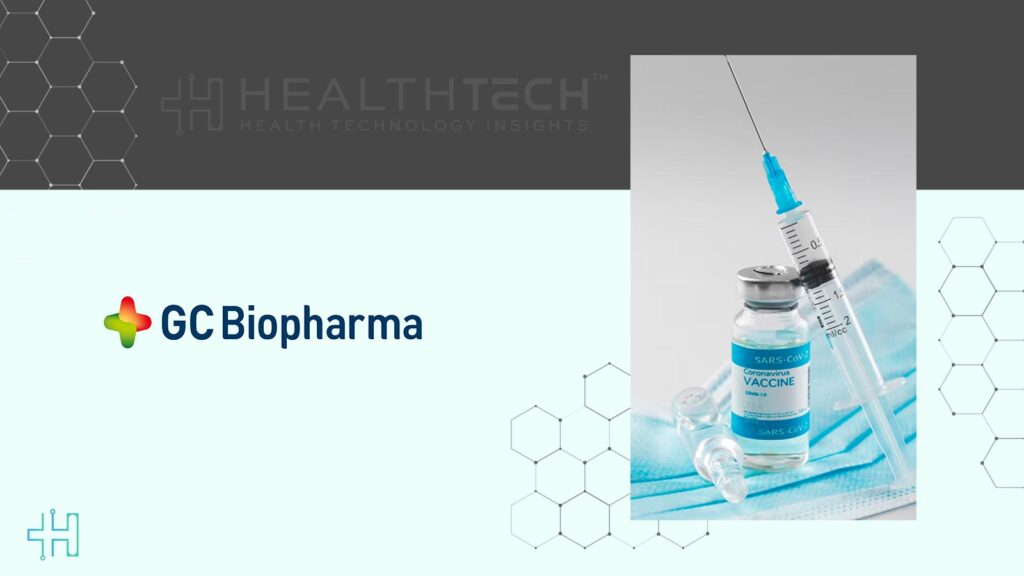Before they ever meet your care team, patients meet your digital presence. They see your search results, your Instagram posts, your Google reviews, and in seconds, they decide if you’re worth their trust. How AI, Instagram, and local SEO are reinventing healthcare marketing is all about aligning with how real people behave in a digital-first world.
Care doesn’t begin when someone walks through your doors anymore. It begins with a scroll, a swipe, or a simple “Hey Siri, find a clinic near me.” For healthcare organizations, whether you’re a regional health system or a growing telehealth startup that changes everything.
Digital marketing isn’t just about visibility now. It’s about trust, connection, and timing. This article explores how artificial intelligence, visual-first social platforms like Instagram, and precision-driven local SEO are converging to change the way healthcare is found, chosen, and experienced.
You’ll see how providers across the U.S. are already adapting and why waiting to catch up is no longer an option.
The New Healthcare Consumer Isn’t Who You Think They Are
Let’s paint a familiar picture: Someone’s experiencing a mild but persistent symptom, say, a recurring migraine. They don’t pick up the phone to call their family doctor. They don’t drive to the nearest urgent care.
Instead, they pull out their phone and Google: “best headache doctor near me”. Within seconds, they’re sifting through reviews, scanning photos, clicking on local listings, and hopping between Instagram and Google Maps.
That’s the moment of decision, and it’s happening entirely online.
Today’s healthcare consumers are no longer “patients” in the traditional sense. They’re proactive digital decision-makers, shaped by an environment where convenience, personalization, and transparency aren’t perks, they’re expectations.
They’re used to Amazon‘s 1-click convenience, Netflix’s eerily accurate recommendations, and real-time conversations on platforms like TikTok and Threads. So when they seek care, they carry those same expectations with them, and they’re not shy about acting on them.
Recent research paints a clear picture of this shift:
- According to NRC Health, 77% of people start their healthcare search online, highlighting the significance of having a good digital front door.
- 71% of Gen Z and 66% of Millennials use social media to explore healthcare providers, according to a Doctify report.
- 76% of people who search for nearby healthcare services on their phone will visit a facility that same day.
- 64% of respondents who do not presently use gen-AI favor the use of AI in healthcare delivery by their healthcare providers.
If that doesn’t send a clear message to healthcare marketers and executives, nothing will.
Trust Is Now Built Before You Even Say “Hello”
People are forming opinions about your brand long before they see your exam rooms or meet your front-desk staff. If your practice doesn’t show up on Google’s local pack, or shows up with outdated hours, poor images, and a mix of three-star reviews, you may never get a shot at that appointment.
Meanwhile, a nearby clinic with a friendly, transparent Instagram feed, clear service details, and 5-star ratings? They might just earn a new patient, without ever making a cold call. The digital front door isn’t a metaphor. It’s real, mobile, and wide open.
From Passive Patients to Empowered Participants
One of the biggest mindset shifts marketers must embrace is that we’re not marketing to patients anymore, we’re marketing with them. Today’s healthcare audiences are curating their care journey the same way they curate playlists or vacation rentals.
They want a brand voice that sounds more like a person than a pamphlet. They also want intelligence merged into every step, whether that’s an AI chatbot helping them book the right specialist, predictive tools surfacing tailored content on your website, or smart scheduling features that offer instant confirmations.
That’s exactly where AI, Instagram, and local SEO are reinventing healthcare marketing comes into focus.
- AI enables personalization and real-time interactions that feel seamless and intuitive.
- Instagram brings a human face to your brand through stories, visuals, and behind-the-scenes content that builds emotional trust.
- Local SEO ensures that when someone searches for care nearby, your name appears in those precious top three map listings.
Together, these aren’t just tools. They’re part of a deeper strategy to meet patients where they are: physically, emotionally, and digitally.
How AI Is Transforming Healthcare Marketing Behind the Scenes
Artificial Intelligence might not be what your patients see first, but it’s often the quiet engine running behind the scenes, shaping what they see, how they interact with you, and even how fast they get a response.
Think about it this way: when someone visits your website and instantly sees services tailored to their symptoms, that’s AI. When does your chatbot handle their insurance question at 2 a.m.? AI again. When does your Google ad show up at the exact moment they search for “urgent care near me with weekend hours”? You guessed it, AI’s working overtime.
Smarter Targeting With AI
Traditional marketing was about reach. AI marketing is about relevance. Let’s say your system offers both primary care and cardiology services.
Instead of sending the same newsletter to everyone, AI can analyze behavior, geolocation, and demographic patterns to send different messages to different users, maybe one gets a wellness blog, another a heart health screening invite, and another sees a Spanish-language video from your local provider.
It results in better open rates, higher click-throughs, and a deeper sense of patient connection, because the content feels like it’s made just for them.
Tools like Salesforce Health Cloud, Innovaccer, and even open-source AI models integrated with EHRs are making this kind of personalized targeting more scalable than ever before. When done right, it doesn’t feel robotic; it feels like you’re listening.
Transforming Healthcare Communication with Smart AI Solutions
In 2025, AI-powered virtual assistants can now:
- Answer insurance and billing questions.
- Book appointments in real time.
- Escalate clinical concerns to real humans (when needed).
- Speak multiple languages with a natural tone and empathy.
- Guide users to the right department or content in seconds.
Take Northwell Health, for example. Their AI-enhanced chatbot on the patient portal reduced call center volume by 31% in less than a year. Even better? It improved patient satisfaction scores because users got what they needed faster, without friction.
Now imagine combining that with sentiment analysis, where the system detects urgency in a patient’s words and reroutes them accordingly. It’s not just efficient, it’s human-centered automation.
Transformative Health Solutions
Here’s a story playing out in the background at many smart health systems: A patient hasn’t scheduled a mammogram in over two years. Based on her age, risk profile, and past behavior, an AI engine flags this and sends her a gentle reminder with a one-click booking link.
That’s not just a win for marketing. That’s better care.
Healthcare marketers are increasingly working hand-in-hand with clinical data teams to build campaigns that are not only proactive but personalized with purpose. Whether it’s flu shot reminders, pediatric check-up nudges, or lifestyle tips based on wearable data, AI enables a kind of micro-targeting that makes people feel cared for.
The best part? It’s all measurable. Marketers can now track which campaigns lead to bookings, which messages resonate most, and how quickly patients engage. It’s the kind of closed-loop marketing healthcare has always needed, and now finally has.
AI Without Overshadowing the Human Touch
Now here’s the nuance. AI isn’t here to replace human connection. It’s here to enhance it.
When done right, AI fades into the background. It powers faster decisions, tailors the message, and removes the friction, so your team can spend more time doing what they do best: caring, counseling, and building real trust.
In other words, AI should feel like a thoughtful concierge, not a corporate script. And that distinction is what separates meaningful AI marketing from empty automation.
Instagram’s Role in Building Healthcare Trust and Brand Affinity
If you asked healthcare marketers five years ago whether Instagram mattered, many would’ve shrugged it off as a space for influencers, not institutions.
But scroll through the platform today and you’ll see a very different story unfolding.
From hospitals sharing behind-the-scenes glimpses of NICU teams, to private clinics introducing new providers through Stories, to dental practices turning before-and-after smiles into a reason to book, Instagram has become more than a social network. It’s a relationship platform. One that’s reshaping how AI, Instagram, and local SEO are reinventing healthcare marketing by making brands feel approachable, trustworthy, and human.
And in a space where empathy matters as much as expertise, that’s powerful.
Why Instagram Works in Healthcare
At its core, Instagram thrives on visual storytelling, something healthcare has often overlooked in its communication strategy. But the truth is, patients want to see who they’ll be interacting with. They want to know the faces behind the scrubs, the personality of the pediatrician, and the warmth of the front desk team. And Instagram delivers that in real-time.
Here’s what top-performing healthcare accounts on Instagram are doing differently:
- Showcasing human stories (not just services): Think patient success videos, provider spotlights, and employee appreciation posts.
- Using reels and stories to simplify health education, short videos on topics like “What to expect during your first visit” or “When to see a cardiologist.”
- Highlighting reviews or testimonials using text overlays on calming imagery to build trust.
- Going live for open Q&As with specialists, which helps remove anxiety around complex topics.
Take Mount Sinai’s Instagram strategy. Their reels featuring real team members explaining health tips have generated thousands of shares, not because they’re flashy, but because they feel personal and credible.
And then there’s PlushCare, a telehealth provider that saw a 23% increase in appointment requests after launching a campaign that combined medical myth-busting Reels with provider “day in the life” content. The result? Visibility and relatability.
Trust Is Visual Now
Here’s something worth reflecting on: trust isn’t just built through credentials anymore; it’s built through consistency, tone, and presence.
When someone checks out your Instagram page, they’re asking silently:
- Does this provider feel like someone I’d be comfortable with?
- Is this place clean, warm, and modern?
- Are they active and responsive online?
The answers don’t come from reading a bio; they come from watching a 20-second video, scanning your feed, or seeing how you reply to comments.
In short, Instagram fills the emotional trust gap that websites and brochures often leave behind.
Instagram Also Powers Discovery
Instagram’s influence doesn’t stop at branding; it now impacts discovery. With Instagram integrating AI-powered content suggestions and expanding local tagging features, users often stumble upon new providers without even searching for them.
Here’s how that works in practice:
- A user in Austin engages with a post about back pain relief.
- Instagram’s algorithm begins showing them Reels from local chiropractors, pain management clinics, or PT offices.
- One click later, they’re on your profile, and one Story away from hitting “Book Now.”
This is the beautiful convergence of how AI, Instagram, and local SEO are reinventing healthcare marketing in real time. The lines between search and social are blurring, and smart brands are optimizing for both.
Keep It Real, Keep It Ethical
Of course, with great visibility comes great responsibility.
Healthcare content on Instagram must walk a fine line, authentic but not overly casual. Informative, without crossing ethical lines around privacy or misinformation. Fortunately, some best practices help steer the ship:
- Always get proper consent for patient stories (and document it).
- Avoid medical advice in comments; use them to guide people to real consultations.
- Use disclaimers when discussing general conditions.
- Keep brand tone consistent with your in-office experience.
When done with intention, Instagram becomes more than a marketing channel. It becomes an extension of your care philosophy, open, accessible, and emotionally resonant.
You can have the best doctors, a modern clinic, and glowing reviews, but if your healthcare organization isn’t showing up in local search results, you might as well be invisible.
Here’s the thing: Most people don’t scroll past the first three results on Google Maps. They don’t spend time digging through directories. They’re searching for “urgent care near me” or “best pediatrician in Atlanta”, and booking based on what pops up first, what looks credible, and what feels close.
That’s why AI, Instagram, and local SEO are reinventing healthcare marketing; it’s not just about national visibility or flashy digital campaigns. Sometimes, it’s about winning your neighborhood.
Local Intent Is High Intent
When someone searches for a provider nearby, they’re not casually browsing. They’re in decision mode. According to Google, 76% of local mobile searches lead to a visit within a day, and 28% of those result in a conversion, whether that’s a call, a form fill, or an actual appointment.
Think about that. Local SEO isn’t just traffic. It’s traffic with a purpose.
And in 2025, “local” goes far beyond your street address. It includes:
- Google Business Profile optimization.
- Localized landing pages (e.g., “Women’s Health Services in Santa Monica”).
- Schema markup to signal relevance to search engines.
- Patient reviews that are consistent, recent, and credible.
- NAP consistency (name, address, phone) across the web.
And yes, these are things most practices still overlook or underestimate.
Local SEO Approaches for an AI-Driven Era
Local SEO isn’t operating in a silo anymore. Thanks to AI, it’s becoming smarter, more personalized, and better at understanding user intent.
Search engines now analyze behavior patterns in real-time: What are users clicking? Where are they located? What device are they on? AI processes all of this in milliseconds to surface the most relevant local listings.
Here’s a practical example: If a user in Portland searches “open walk-in clinic,” Google now knows to prioritize nearby clinics with verified weekend hours, fast-loading mobile sites, and a strong review-to-rating ratio. If your listing isn’t updated or lacks reviews? You’re bumped off the top, no matter how excellent your care is.
With platforms like Moz, BrightLocal, and Semrush offering AI-driven audits and optimization suggestions, healthcare marketers now have the tools to keep their local presence not just accurate but competitive.
Reviews: The New Word-of-Mouth
Ask any healthcare marketer what’s harder than getting five-star reviews. The answer? Getting five-star reviews consistently.
But here’s the truth: online reviews now carry more weight than personal recommendations. A recent BrightLocal survey found that 98% of consumers read online reviews for local businesses, and 67% say they wouldn’t consider a provider with fewer than four stars.
So what does this mean for your local SEO strategy?
- Automate review requests after appointments.
- Respond to reviews, yes, even the critical ones.
- Use real names and faces (when permitted) to boost credibility.
- Highlight top reviews in your Instagram stories and website landing pages.
This is where the synergy comes full circle. Great local SEO pulls patients in. Instagram shows them who you are. AI personalizes the experience when they arrive.
Your Digital Front Door Is the New First Impression
Whether you’re a solo practitioner or part of a large health system, local SEO is your digital handshake. It tells people, “Yes, we’re here. We’re relevant. We’re ready for you.”
That’s why leading organizations are investing in tools that go beyond rankings; they’re looking at map visibility, voice search optimization, and even AI-driven geo-targeted ad extensions that complement their organic listings.
FAQs
1. Why does Instagram matter for healthcare providers today?
Because it humanizes your brand, patients trust providers they can see, hear from, and relate to visually in real-time.
2. How is AI helping healthcare marketing feel more personal?
AI customizes messages, automates smart outreach, and helps patients feel like your care is built just for them.
3. Can local SEO impact patient bookings that much?
Yes, most local searches turn into real visits within 24 hours, especially when listings are optimized and up to date.
4. What kind of content performs best for healthcare on Instagram?
Short videos, provider introductions, and educational tips work well, especially when they’re warm, clear, and consistent.
5. Is AI replacing human marketers in healthcare?
Not at all, it’s enhancing their ability to connect, freeing up time to focus on strategy, storytelling, and real engagement.
Dive deeper into the future of healthcare.
Keep reading on Health Technology Insights.
To participate in our interviews, please write to our HealthTech Media Room at sudipto@intentamplify.com








